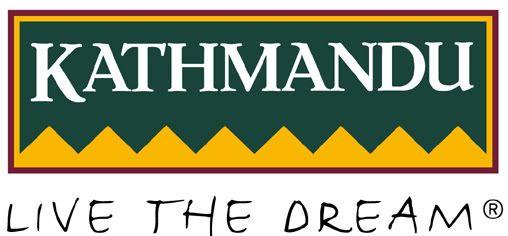
The energy in the high altitude winds is far more than enough to meet the world's energy needs, and means of capturing this energy are available through a little further development of technologies that do not require any fundamental scientific breakthroughs.
Truly high energy winds are at altitudes miles above us, not just at a few hundred feet where they can be tapped by rotors on towers. This is clearly demonstrated in the form of detailed color charts calculated by Dr. Ken Caldeira, formerly of the Lawrence Livermore National Laboratory, now at the Carnegie Institute's Department of Global Ecology in Stanford, California. These charts show at what latitudes and altitudes this vast energy is to be found. We are indebted to him for permission to display these charts in the Global Wind Resources section of this website.
Australian Professor Bryan Roberts has long been convinced that, by application of an appropriate technology, this high altitude wind energy can be captured. He set out to prove that long ago, and has demonstrated that Flying Electric Generator(FEG) technology is practical and should work at high altitudes. This is the "Flying Windmills" technology about which you may have read in publications or on the internet. Competition for tapping this high altitude wind energy is also in development elsewhere in the world, and we welcome that.
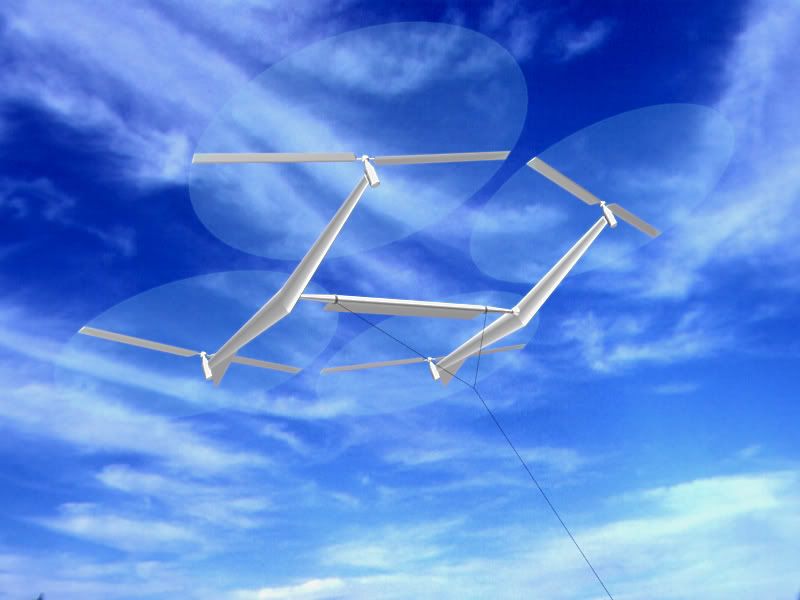
This is an artist's (Ben Shepard's) rendition from Professor Roberts' preliminary working drawings of a Flying Electric Generator rated at 240kW with rotor diameters of 35 feet.
The total swept area for a Flying Electric Generator of the same megawatt rating as a ground based wind turbine is typically about a quarter as much.
Yet the Flying Electric Generator would produce far more megawatt hours of electricity per year due to the much higher high altitude wind speeds and constancy.
When it is realized that high altitude wind energy is capable of being the most economical large scale energy source for much of the world, market forces will lead to its gradually supplanting fossil fuels as well as an end to the debate on global warming - because this clean energy source will produce no greenhouse gases.

Above is a concept art for the RKs at high altitudes. The powerful wind is easily available at the high altitudes, and most of the mountain ranges in Nepal are of 6000 feet average. It would not be difficult to get the wind power at such high altitudes. The RKs (Robo Kites) are estimated to be cheaper in construction the construction than any other wind power mechanism available. The country has been already facing more than 24 hours of black outs every days, and the construction of additional hydro power is unlikely. The RKs might be able to supply additional power in certain areas. However, the RK project is still going under progress, and numerous tests. As for now it’s just a concept for the future.
source: click here
-By the kicKer




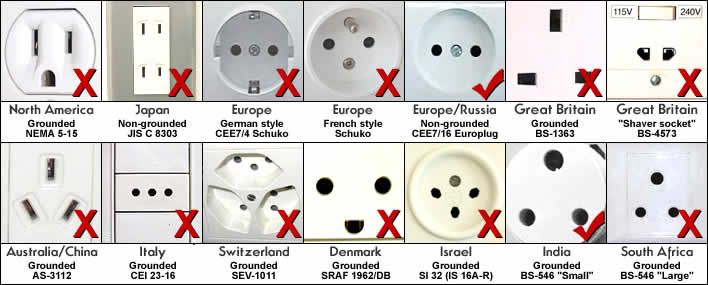
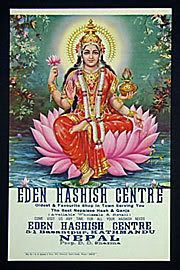
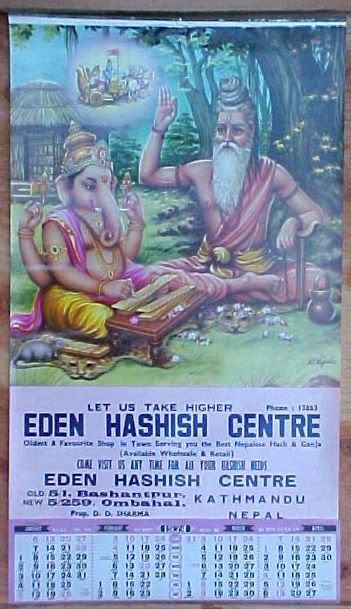
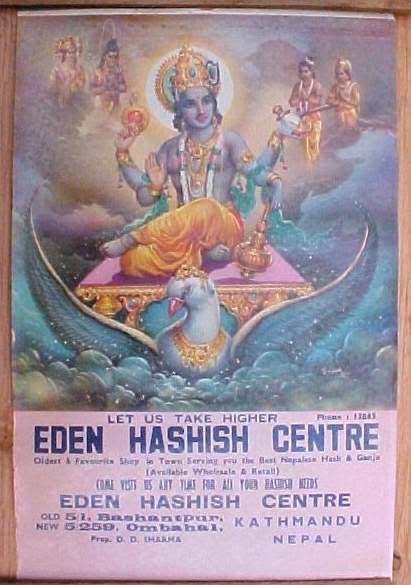
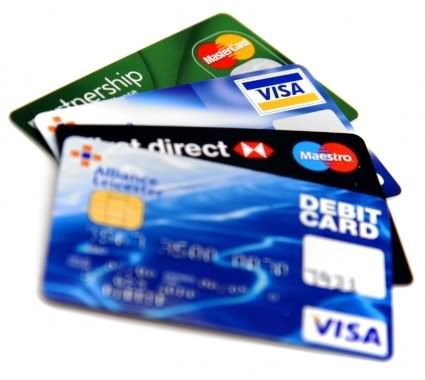
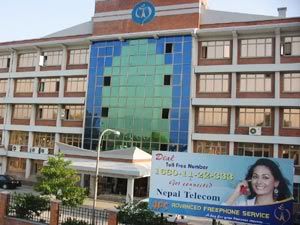
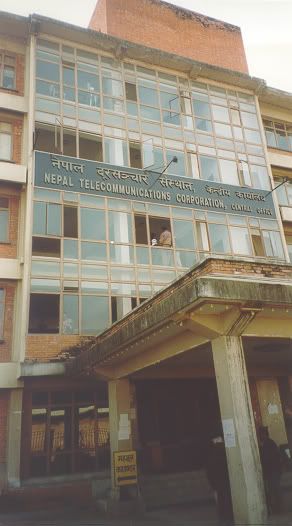
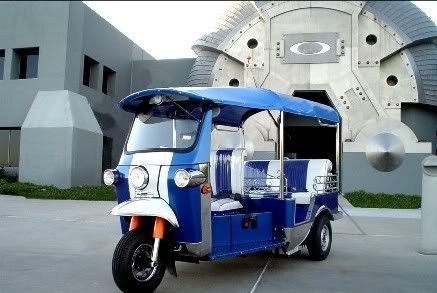
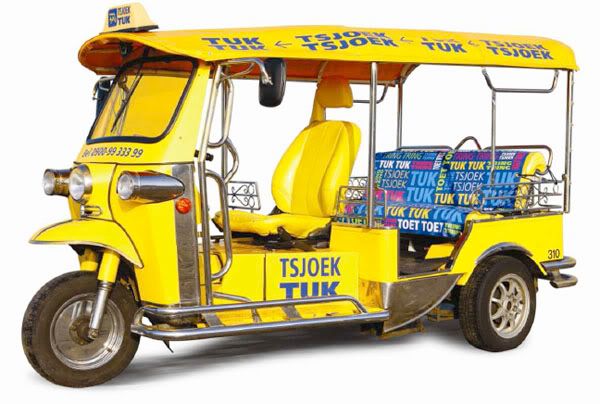
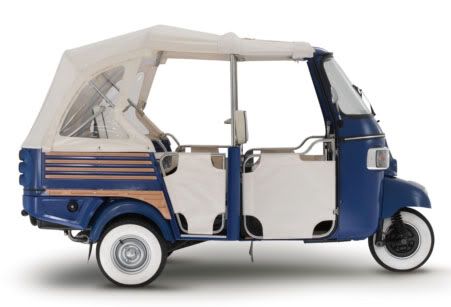
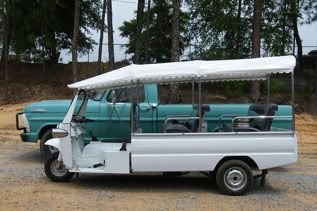
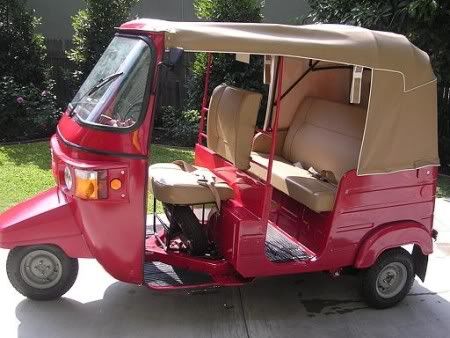

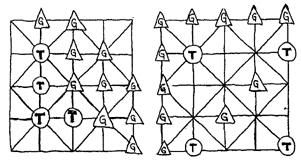 The
The





